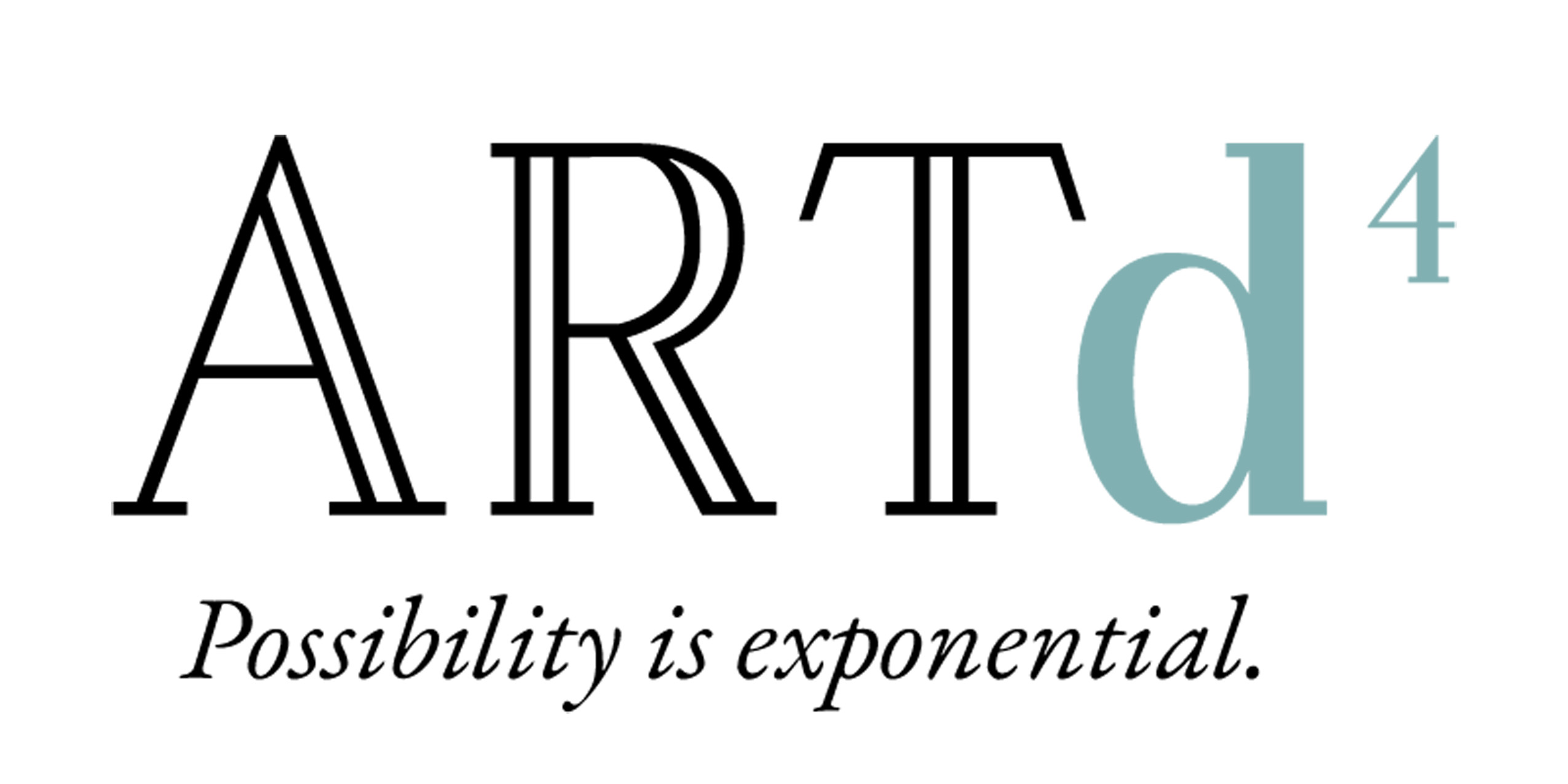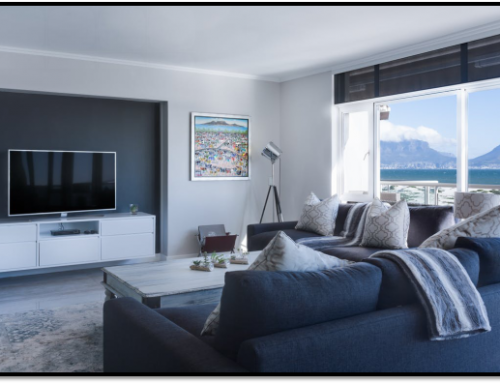Many artists whose forte is abstract artwork struggle with design. Too often, artists create a painting with no center of interest. Although an All Over Design works fine with abstract art, we advise against it.
Designs with no center of interest are usually common with beginner artists. They find some colors that inspire them and fill the canvas with them.
With just a little bit of deliberate intention, you can take your abstract work to an entirely new level. Here are 4 core principles that can help you:
The Rule of Thirds
According to the Rule of Thirds, every painting should have one area that draws more attention than the rest of the picture. That area, known as the center of interest, should ideally be placed in the intersection between imaginary lines that cross the picture into thirds, both vertically and horizontally.
Let’s explain with a simpler example: imagine placing a tic-tac-toe on your painting. As you know, the lines will cross each other in certain places. You can choose from any of these intersections and place your center of interest there. Needless to say, this spot will be where you focus your entire painting on, making it the most eye-catching part of the whole picture.
A Diagonal Thrust
The diagonal thrust is a simple concept that says a painting is seemingly more attractive and draws more focus if the elements on it are placed diagonally.
As opposed to going diagonal, a relatively simple design that’s more horizontal and vertical is rather straightforward and doesn’t demand as much attention. Not to mention, the complexity adds to a more interesting composition that implies energy and an unbalanced state—something that elicits curiosity.
Each Corner Unique
As the name suggests, this rule simply entails that each corner of your painting should be different.
Similar to the Rule of Thirds, this rule essentially encourages adding more variety to your painting. Otherwise, artists may get used to making monotone paintings that can eventually stop drawing in as much attention. However, as long as your artwork has something to discover and something that keeps the audience engaged/inspired/curious, your work will never go unnoticed.
Strong Value Composition
This is perhaps the most important principle. A strong value composition means a variation of colors and elements in your painting.
Ignoring this can result in a simple and monotonous work that uses some values and neglects the rest. What does that mean?
Using blue out of the tube and not adding any color variation may be a value 4 and if you don’t add any other shades, you’re neglecting the smaller values. This rule also entails organizing these values in a pleasing style. This may not be the easiest task to achieve, but it may help you to try and create a rhythmic pattern that keeps the lightest and darkest values together. In the end, there’s no way to teach this rule. You’ll develop a feel for it with practice.
Once you start incorporating these 4 principles into your abstract art, your artwork will demonstrate vivid improvement. To see some great original abstract art for sale and inspiration, check out our online art gallery. At ARTd4, we’ve gone beyond the traditions and have brought the pleasure of Dreaming to visit an art gallery, enjoying the Designs, finding something to Decorate your home with and allowing us to make the Delivery, all to your home! For further information, contact us today.



Leave A Comment